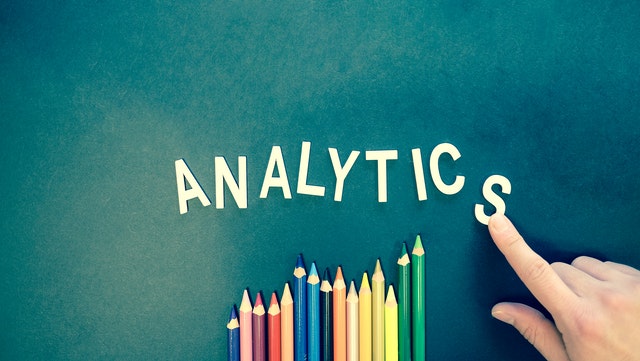Workplaces are changing at a super-fast pace. Over time, most deep-rooted beliefs have been upended, and companies now realize that there is a need for a stronger, evidence-based approach. As such, workplace analytics is beginning to take a more prominent role when it comes to facilitating the growth of organizations. There are a lot of ways to utilize workplace analytics. Read on to find out more.
Personalizing the Experience for the Workforce
It’s important to have managers in the workplace who can collect, visualize and interpret big data. Data collection shouldn’t be limited to customers only. It’s also important to collect employee data so managers can find ways to personalize the workplace experience for their employees. People increasingly want to work in environments that suit them. However, before collecting and utilizing employee data, you should ensure that your employees know how and why you are doing so. This is vital for maintaining trust in the workplace.
De-Biasing People and Processes
This is another important role of analytics in the workplace. Analytics can help recruitment managers tackle unconscious bias in recruitment. This can be done by tracking hiring and promotion rates to identify if there is any bias against underrepresented groups. The data obtained from these processes can then be analyzed and used to broaden the talent pool. It’s crucial to ensure that hiring decisions are guided by someone who is trained to understand algorithms.
There are several programs that can be taken by managers to ensure that decisions are not guided by algorithms alone in the workplace. For instance, HR managers can enroll in programs like the Online Masters of Business Administration data analytics. This is a program that teaches several aspects of data visualization, interpretation, and analytics.
Workplace Optimization
Thanks to advancements in technology and remote work, a lot of changes have been made to traditional work habits. It’s not uncommon to have employees who only come to the workplace when it’s absolutely necessary. The majority of employees do not work from home. Because workers are no longer “graded” on physical attendance but rather on productivity and output, working from their favorite location is now more common. However, this can make collaboration difficult, especially for companies that are just getting into this culture.
Data analytics can play a huge role in optimizing how people work even when they are apart. This includes identifying the best hours to collaborate and the hours where the majority of the workforce is more productive. This information can then be used to make changes that improve the productivity of teams.
Driving Productivity and Growth
A lot of organizations are using analytics to drive productivity, efficiency, and revenue growth. The information that is obtained from analyzing data will give an organization a clear picture of where it should optimize and which processes should be automated. Analytics can also help organizations identify which processes are unproductive. That way, resources can be channeled elsewhere. This will help to improve cost-effectiveness, since resources will be taken away from areas that are hoarding a company’s finances unnecessarily.
There are so many ways to use data analytics in the workplace. For the most part, how an organization utilizes data analytics depends on its goals and what it aims to achieve. With a clear vision and mission, an organization can easily use analytics to make the best decisions so they can get where they want to be.
These are some of the ways to use data analytics in the workplace. To ensure that data is interpreted correctly, it’s important to have team members and managers with data analytics skills. Managers can enroll in MBAs that focus on data analytics. This is great for career advancement, and it will also benefit the organizations they work for.









